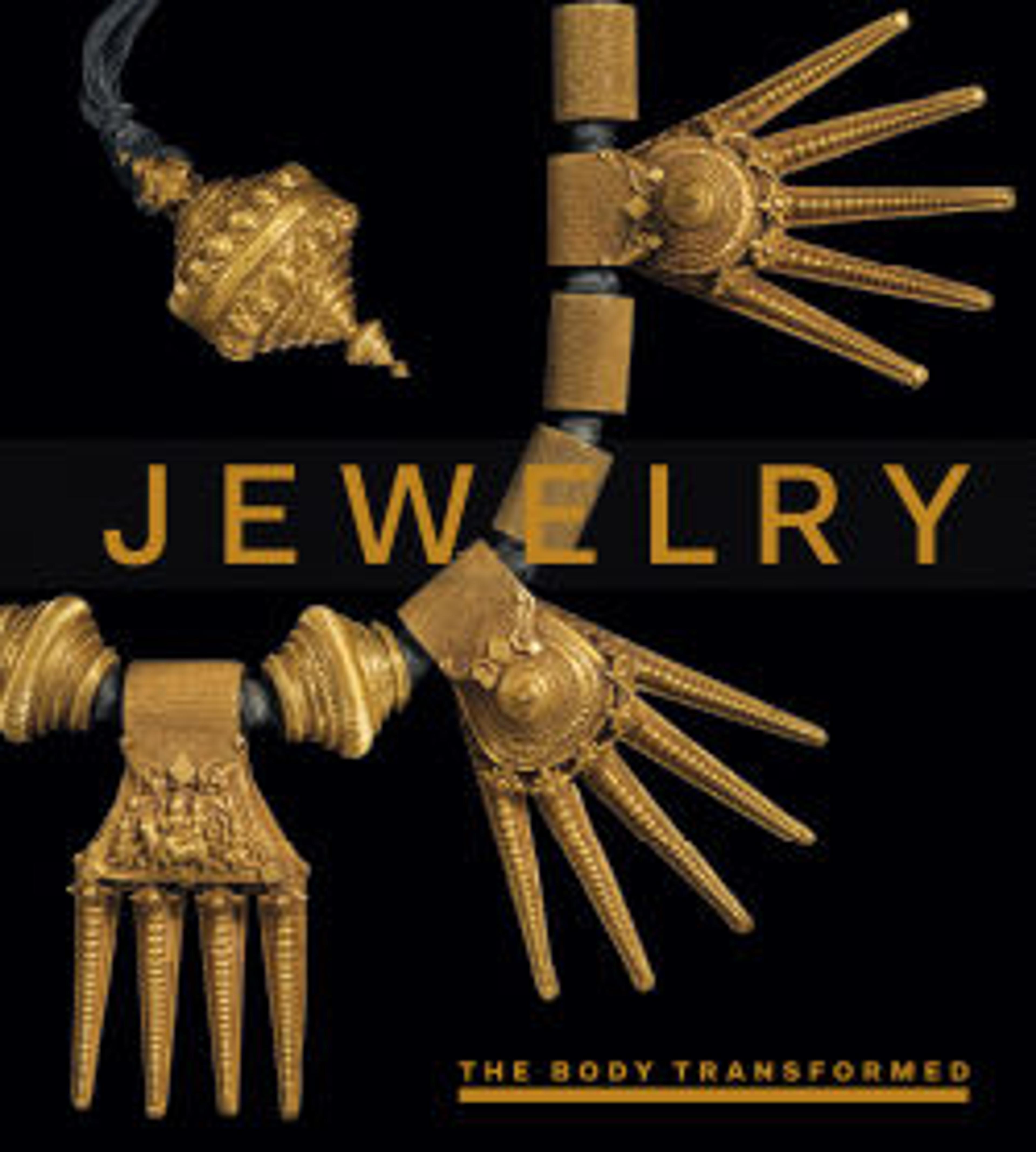The Watchers and the Watched
Harunobu, who is credited with the introduction of the polychrome print, also depicts courtesans on display in a Yoshiwara teahouse, but there is considerable difference in his treatment of the subject. While Moronobu observes the watchers and the watched with a uniform and impersonal gaze, Harunobu contrasts the observers and the observed.
Like Moronobu, Harunobu uses a window, a frame within a frame, to depict inside and outside simultaneously, but, instead of a view from the street, he situates the viewer within the intimacy of the pleasure house. The neutral vantage point of a passerby has become the psychologically charged perspective of someone on the inside. We have a privileged view of the courtesans and can feast our eyes on the sumptuous attire that accentuates their beauty.
Harunobu intensifies our awareness of the courtesans' self-conscious display by making the stage and audience areas more distinct. In the print by Moronobu there is an exchange between the inside and the outside. Here, however, the courtesans do not acknowledge the presence of the men peering through the window, though the letter that is being delivered by the young attendant is presumably from an admirer. There is also no visual overlap between interior and exterior spaces. The observers are confined to a cramped window in the background. They are distanced from us, unlike the passersby in the foreground of Moronobu's print, who are our surrogates. The harsh cropping of the watchers contrasts with the lavish depiction of the courtesans. This reduction of the observers to a crowd of faces and the small space allotted them serve to intensify their gaze. The observers are no longer passersby strolling along the street; here, looking is their sole activity.
Like Moronobu, Harunobu uses a window, a frame within a frame, to depict inside and outside simultaneously, but, instead of a view from the street, he situates the viewer within the intimacy of the pleasure house. The neutral vantage point of a passerby has become the psychologically charged perspective of someone on the inside. We have a privileged view of the courtesans and can feast our eyes on the sumptuous attire that accentuates their beauty.
Harunobu intensifies our awareness of the courtesans' self-conscious display by making the stage and audience areas more distinct. In the print by Moronobu there is an exchange between the inside and the outside. Here, however, the courtesans do not acknowledge the presence of the men peering through the window, though the letter that is being delivered by the young attendant is presumably from an admirer. There is also no visual overlap between interior and exterior spaces. The observers are confined to a cramped window in the background. They are distanced from us, unlike the passersby in the foreground of Moronobu's print, who are our surrogates. The harsh cropping of the watchers contrasts with the lavish depiction of the courtesans. This reduction of the observers to a crowd of faces and the small space allotted them serve to intensify their gaze. The observers are no longer passersby strolling along the street; here, looking is their sole activity.
Artwork Details
- Title:The Watchers and the Watched
- Artist:Suzuki Harunobu (Japanese, 1725–1770)
- Period:Edo period (1615–1868)
- Date:1764–72
- Culture:Japan
- Medium:Woodblock print; ink and color on paper
- Dimensions:H. 11 1/8 in. (28.3 cm); W. 8 1/4 in. (21 cm)
- Classification:Prints
- Credit Line:Gift of Estate of Samuel Isham, 1914
- Object Number:JP876
- Curatorial Department: Asian Art
More Artwork
Research Resources
The Met provides unparalleled resources for research and welcomes an international community of students and scholars. The Met's Open Access API is where creators and researchers can connect to the The Met collection. Open Access data and public domain images are available for unrestricted commercial and noncommercial use without permission or fee.
To request images under copyright and other restrictions, please use this Image Request form.
Feedback
We continue to research and examine historical and cultural context for objects in The Met collection. If you have comments or questions about this object record, please contact us using the form below. The Museum looks forward to receiving your comments.
